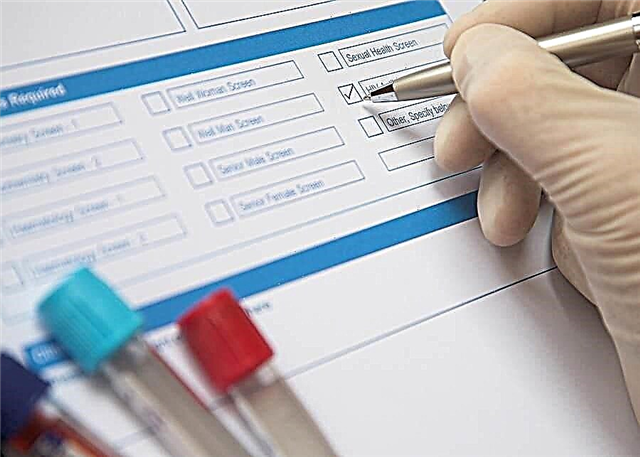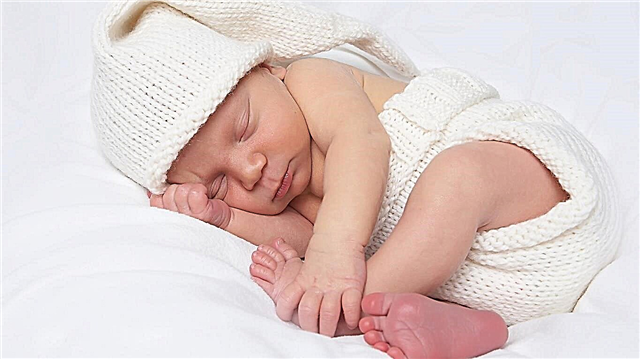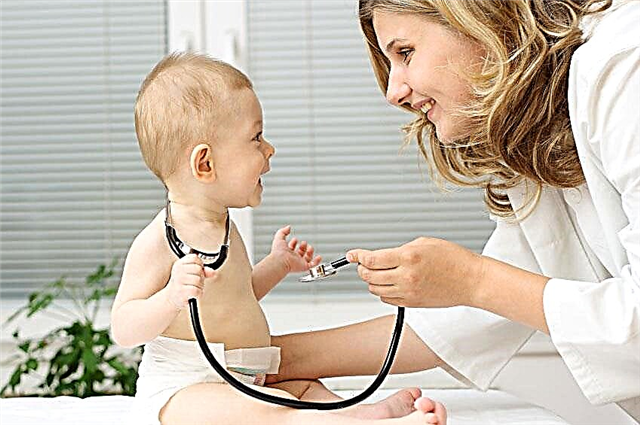 The first hair with which the baby is born completely rolls out in the fourth month. New hair grows differently for everyone. The rate of hair regrowth is extremely individual. The full formation of the hairline occurs only by the age of 11.
The first hair with which the baby is born completely rolls out in the fourth month. New hair grows differently for everyone. The rate of hair regrowth is extremely individual. The full formation of the hairline occurs only by the age of 11.
It also happens when a child's hair does not grow for a long time or grows very slowly. In principle, there is no reason for particular concern, but it is quite possible that some kind of disturbance or a matter of improper care occurred in a small organism.
We identify the causes and bring hair back to normal
There are several reasons for poor hair growth in a baby:
- Improper nutrition.
- Lack of vitamins and minerals.
- Metabolic disease.
- Stress.
- Rickets.
- Heredity.
Having determined for what reason the child's hair is slowly growing, it is necessary to eliminate it:
- balance the nutrition of the baby or mother, if the baby is not weaned. The diet must include foods containing protein, phosphorus and calcium - sour milk products, egg yolk, fish, cabbage, spinach, nuts. (grocery list)
- to improve the quality of the hairline, take vitamin complexes containing vitamins A, C, B6, B12, E and PP.
- if a poor metabolism is detected, consult an endocrinologist.
- protect the baby from bad emotions, in case of severe nervousness, contact a pediatric neurologist.
- at the first signs of rickets - excessive sweating, decreased muscle tone, bone deformation - start treatment as soon as possible, and for prevention, give the child a solution of vitamin D (See article on RAKHIT);
- with a genetic predisposition to do nothing, the only way out is to strengthen and stimulate hair growth.
Sometimes the cause of hair growth disorders is the wrong choice of cosmetic products for washing the head. In this case, you need to choose another remedy and strengthen the baby's hair:
- light head massage stimulates blood circulation of hair follicles and hair growth;
- change the shampoo to baby soap;
- once a week, wash the child's head with kefir or egg yolk;
- make a mask from burdock oil, it stimulates hair growth at any age;
- rinse hair with infusion of nettle, string, burdock or chamomile.
Partial or complete absence of hair
The first fluff leaving the head can sometimes leave bald patches. Most often, the absence of hair is seen on the back of the head and temporal part. This is due to the fact that the baby mostly lies, and the hair falls out faster in places where friction is more common. You can avoid bald patches by regularly turning your baby in the crib.
A common cause of hair loss is gneiss. This is a type of seborrheic dermatitis, which is a crust of oily scales. Removing such a crust is imperative, as it interferes with hair growth. The process is simple:
- an hour before washing your hair, gently rub warm boiled sunflower, burdock or special baby oil into the affected areas;
- insulate the child's head with a scarf;
- before the bathing procedure, comb out the scales with a soft brush;
- wash your hair.
Reading about crusts on the baby's head
In girls, early braiding of tight braids, the use of elastic bands, bald patches may form on the temples. Hair from pulling together breaks, falls out and further hair growth in this place slows down or stops altogether. Therefore, it is better for little beauties under three years old to have a haircut.
What to do if the hairline does not appear, and the bald patches only expand and the hair falls out more and more. Alopecia (baldness) does not occur as an independent disease in children. The reasons are nervous disorders, skin diseases and malfunctions of internal organs.
Basically, alopecia in children occurs with the following diseases:
- Trichotillomania is a neurosis manifested in the twisting and tugging of the hair by the child. At the same time, the hair shafts become thinner, which leads to hair loss.
- Hair shaft trauma - manifests itself with tight braids.
- Fungal diseases such as ringworm.
- Alopecia areata - refers to an autoimmune disease. The hair follicles are attacked by the body's immune system and die.
After clarifying the diagnosis, the doctor will prescribe the appropriate treatment.
If a child's hair grows very poorly, and sometimes it is completely absent after three years, it is necessary to undergo a thorough examination by specialists. First of all, contact a pediatrician, who can then refer to specialists of a narrow profile: a dermatologist, neurologist or trichologist. Self-medication and "folk methods" can harm the baby so much that he will be left without hair for life.
Proper care is the key to beautiful hair
The hair of babies is very delicate and fine. External aggressive factors act on them more strongly than on the hair of an adult. Competent care will prevent hair loss and will be the starting point for a beautiful hairstyle in the future.
- To wash your hair, use a special baby shampoo with a neutral medium (pH 6).
- Wash your hair using cosmetics no more than once every 7-10 days. Any product of the highest quality, with frequent use, dries out the scalp.
- Use warm, settled water to wash your hair.
- Rinse hair thoroughly to remove shampoo residues.
- After washing, you should not wipe your hair, but pat it with a soft towel.
- Only brush dry hair.
- Comb the hair daily with an individual comb with natural soft bristles, for older children - from natural wood with wide teeth and blunt ends.
- Do the parting in a new place each time.
- Refuse to use tight elastic bands and hairpins. It is best to choose plastic small hairpins with a smooth surface.
On the topic CARE:
- Baby care daily and weekly
- Baby skin care
- Hygiene of newborns



